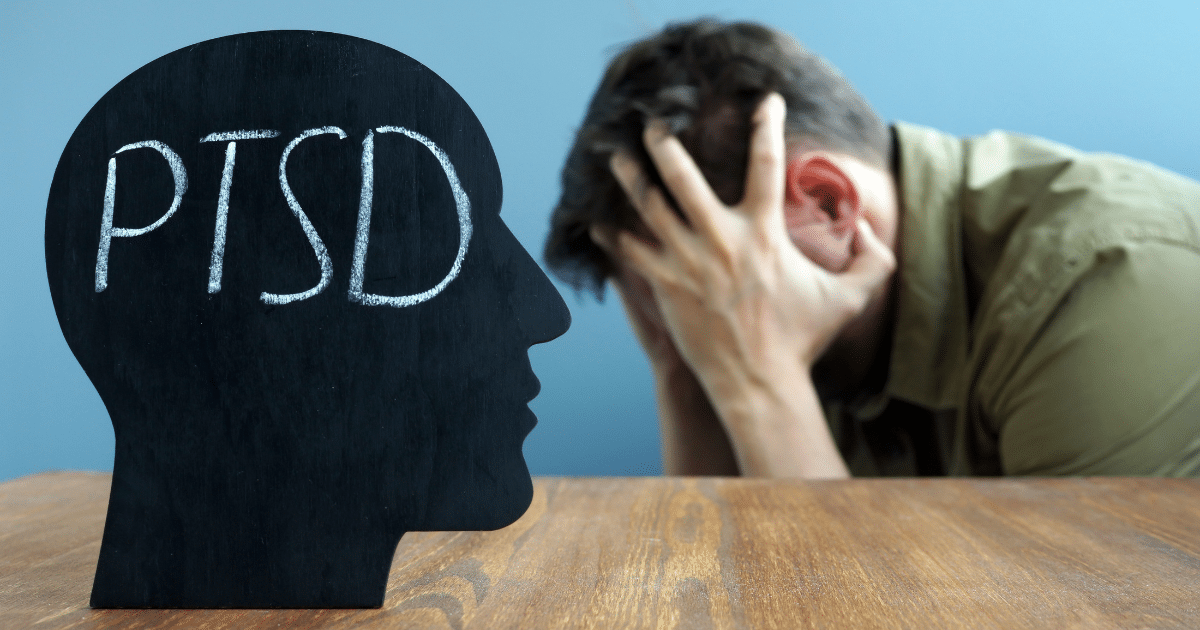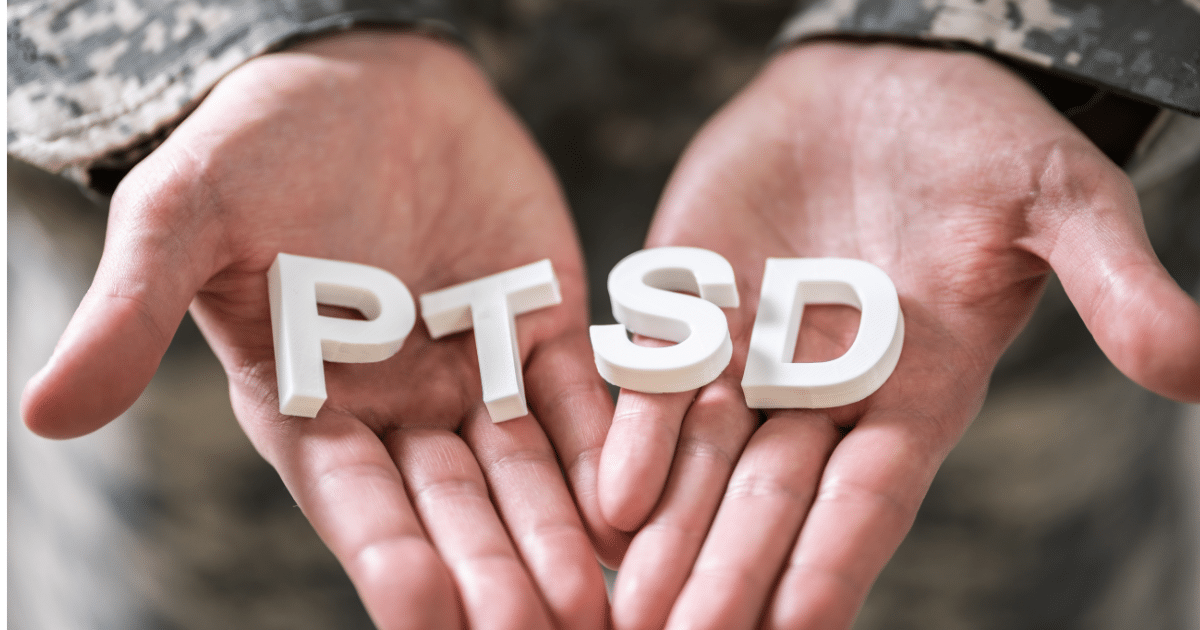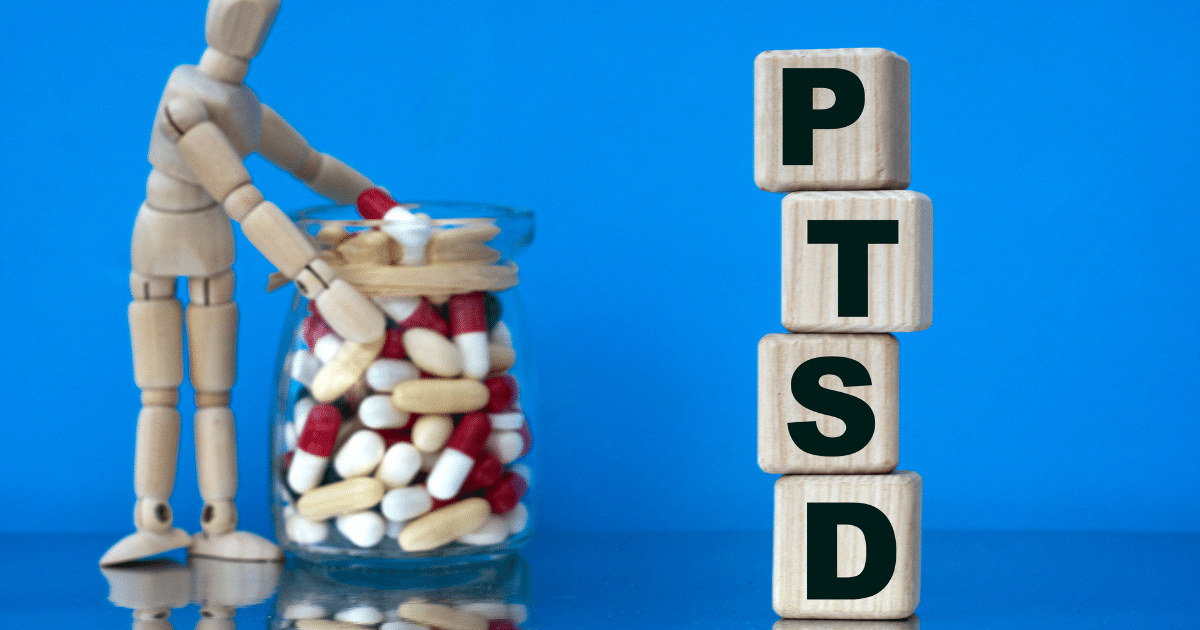Common Supplement May Help Those Suffering from PTSD
I’d like to start off this article by saying thank you to all of those who have served to protect our freedoms. Those freedoms don’t come without costs and sacrifices and we appreciate all you have done for our country. There’s a huge push to gain traction across the US with a new pushup challenge asking people to do 22 pushups for the 22 veterans who commit suicide daily due to PTSD. 22 deaths are 22 too many. We need to find a way to help these brave men and women find peace when they come home to their families.
Many veterans who come home often times suffer from post-traumatic stress disorder (PTSD). Initially, many thought that there wasn’t such a thing but research has shown it’s indeed real and veterans around the globe are battling this disorder on a daily basis. A new study, however, shows hope that by using a commonly used supplement it can reduce some of the PTSD symptoms.
Table of contents

Disclaimer: This article is for informational purposes only and is not meant to treat or diagnose any condition. It is recommended that you speak with your doctor before starting any exercise program, changing your daily nutrition, or adding any supplements to your regimen.
What is PTSD?
PTSD stands for Post-Traumatic Stress Disorder. It is a mental health condition that can develop in some individuals who have experienced or witnessed a traumatic or life-threatening event. PTSD can occur after various traumatic incidents, such as combat exposure, physical or sexual assault, accidents, natural disasters, or other events that evoke intense fear, helplessness, or horror.
The symptoms of PTSD can be grouped into four main categories:
- Intrusive Thoughts: Individuals with PTSD may experience intrusive and distressing memories, nightmares, or flashbacks related to the traumatic event. These memories can be so vivid that the person feels as if they are reliving the trauma.
- Avoidance: People with PTSD may go to great lengths to avoid reminders of the traumatic event, including places, people, activities, or conversations that may trigger distressing memories.
- Negative Changes in Mood and Cognition: PTSD can lead to persistent negative emotions, such as guilt, shame, or anger. Individuals may also experience distorted thoughts about themselves or others, as well as difficulties concentrating or remembering details of the traumatic event.
- Hyperarousal: This involves heightened states of arousal, including increased irritability, difficulty sleeping, hypervigilance, and an exaggerated startle response. Individuals with PTSD may be easily startled or have difficulty concentrating due to an increased sense of alertness.
It’s important to note that not everyone who experiences a traumatic event will develop PTSD, and the severity of symptoms can vary. Treatment for PTSD often involves psychotherapy, such as cognitive-behavioral therapy (CBT) and medications, particularly antidepressants. Support from friends, family, and a mental health professional can play a crucial role in the recovery process. If you or someone you know is struggling with symptoms of PTSD, seeking professional help is recommended.
What Are the Symptoms of PTSD?

Post-Traumatic Stress Disorder can manifest with a variety of symptoms, which can be categorized into four main clusters. Not everyone with PTSD will experience all of these symptoms, and their severity can vary. The symptoms typically persist for more than a month and significantly interfere with daily functioning. The four main clusters of symptoms include:
- Intrusive Thoughts and Memories:
- Recurrent, distressing memories of the traumatic event
- Flashbacks: feeling as if the trauma is happening again
- Nightmares related to the trauma
- Intense emotional distress or physical reactions to reminders of the event
- Avoidance:
- Efforts to avoid thoughts, feelings, or conversations associated with the trauma
- Avoidance of people, places, or activities that serve as reminders of the traumatic experience
- Negative Changes in Mood and Cognition:
- Persistent negative beliefs or expectations about oneself or the world
- Distorted thoughts about the cause or consequences of the traumatic event
- Persistent negative emotional state, such as fear, anger, guilt, or shame
- Difficulty experiencing positive emotions
- Memory problems, including difficulty recalling aspects of the traumatic event
- Arousal and Reactivity:
- Irritability or anger outbursts
- Reckless or self-destructive behavior
- Hypervigilance (constant state of alertness)
- Exaggerated startle response
- Problems with concentration and sleep disturbances

These symptoms can have a significant impact on a person’s daily life, relationships, and overall well-being. It’s important to note that symptoms of PTSD can emerge shortly after the traumatic event or may be delayed, sometimes appearing months or even years later.
How Can You Control PTSD?
Managing and controlling PTSD typically involves a combination of therapeutic interventions, medications, and self-help strategies. It’s important to note that professional guidance is crucial, and individuals experiencing PTSD should consult with mental health professionals for a personalized and effective treatment plan. Here are some common approaches to managing and controlling PTSD:
- Psychotherapy:
- Cognitive-Behavioral Therapy (CBT): This type of therapy helps individuals identify and change negative thought patterns and behaviors associated with their trauma. Trauma-focused CBT is specifically designed for treating PTSD.
- Eye Movement Desensitization and Reprocessing (EMDR): EMDR is a specialized form of therapy that incorporates guided eye movements to help process traumatic memories and reduce their emotional impact.
- Exposure Therapy: Gradual and controlled exposure to thoughts, feelings, and situations related to the traumatic event can help desensitize individuals and reduce avoidance behaviors.
- Medications:
- Antidepressants: Certain antidepressant medications, particularly selective serotonin reuptake inhibitors (SSRIs), are commonly prescribed to alleviate symptoms of PTSD. They can help with mood regulation and reduce anxiety.
- Anti-Anxiety Medications: Benzodiazepines may be used for short-term relief of severe anxiety symptoms, but they are generally not recommended for long-term use due to the risk of dependence.
- Self-Help Strategies:
- Healthy Lifestyle Choices: Regular exercise, a balanced diet, and sufficient sleep can contribute to overall well-being and help regulate mood.
- Mindfulness and Relaxation Techniques: Practices such as mindfulness meditation, deep breathing exercises, and progressive muscle relaxation can help manage stress and anxiety.
- Supportive Relationships: Connecting with friends, family, or support groups can provide a sense of understanding, empathy, and community.
- Education and Understanding:
- Learning about PTSD and understanding its effects can empower individuals to better manage their symptoms. Psychoeducation can be part of therapy sessions or support groups.
- Professional Support:
- Regular sessions with mental health professionals, such as therapists or counselors, can provide ongoing support and guidance. In severe cases, hospitalization may be necessary.
A Current Study on Post-Traumatic Stress Disorder

A recent study from Japan looked at omega-3 supplements and symptoms found common in PTSD sufferers. A common symptom was a rapid heart rate. The researchers mentioned that “the [heart rate]-reducing action of omega-3 PUFAs [polyunsaturated fatty acids] has potential benefits for those at high risk of PTSD, aside from the psychophysiological symptoms themselves, for two reasons: (1) Fast [heart rate] is a risk factor for cardiovascular disease (CVD) and mortality, whereas PTSD is a risk factor for CVD and mortality; and (2) omega-3 PUFAs are effective for other psychiatric disorders (e.g., depression) and are highly comorbid with PTSD.”
Past Research Findings on Post-Traumatic Stress Disorder
This most current research on the topic shouldn’t come as a surprise since in 2010 the army was looking at omega-3 fatty acids to increase performance on the battlefield as well as help negate the side effects of PTSD. That same year another medical group was looking at how omega-3s can help improve brain injuries not only for our troops, but civilians as well. Researchers from 2010 were quoted saying, “The benefits of omega-3 are multi-factorial, and in a combat environment—and even in peacetime—there are a lot of potential benefits for omega-3.
Click here to continue reading…


*Disclosure: This article may contain affiliate links or ads, which means we earn a small commission at no extra cost to you if you make a purchase through these links. These commissions help support the operation and maintenance of our website, allowing us to continue producing free valuable content. Your support is genuinely appreciated, whether you choose to use our links or not. Thank you for being a part of our community and enjoying our content.
PLEASE CONSIDER SHARING THIS ON YOUR SOCIAL MEDIA TO HELP OTHERS LEARN MORE ABOUT THIS TOPIC. SIMPLY CLICK BELOW!

